A recent report from the Institute for Security Studies titled'Impact of COVID-19 in Africa – A scenario analysis to 2030' projects that Africa will miss most of the Sustainable Development Goals (SDG) targets by 2030, and that the impact of COVID-19 is set to further worsen the continent’s SDG performance. Maintaining the most critical prevention activities and healthcare services could significantly reduce the overall impact of this crisis. To achieve this, strengthening the overall health system and improving access to healthcare in Africa will mitigate COVID-19’s health and socio-economic impact in the short term.
Universal health coverage (UHC) is defined as ensuring that all people have access to necessary health services while also ensuring that the use of these services does not expose the user to financial hardship. It is the bedrock for resilient health systems. The health target for the SDG 3.8 aims to achieve universal health coverage, including financial risk protection, access to quality essential health-care services, and access to safe, effective, quality, and affordable essential medicines and vaccines for all. This effort seeks to remove financial barriers to accessing primary healthcare, particularly for the poor and vulnerable.
Health insurance (HI) is an insurance that covers the whole or a part of the risk of a person incurring medical expenses. It provides financial-risk protection for its users as well as funding for health. Increasing health insurance coverage is a strategy most countries have employed to achieve Universal Health Coverage. HI has become the lifeline for UHC in Sub-Saharan Africa and globally.
Current realities
The World Health Organization Global Health Expenditure database provides health spending data for several countries. Health expenditure varies from country to country with no stipulated ideal figure. Although there are no scientific studies proving correlation, there seems to be an inverse proportion between a country’s health insurance coverage and its domestic general government health expenditure (% of GDP). In 2017, Rwanda, with HI coverage of approximately 87%, spent 2.26% of GDP on health compared to Nigeria whose HI coverage was only 3% and its health expenditure 0.53%. South Africa, Kenya, and Tanzania in 2017 had an HI coverage rate of 17%, 10%, 3% respectively while their health expenditure was 4.35%, 2.05%, and 1.58% respectively.
Sub-Saharan Africa had among the widest range of UHC effective coverage performances in 2019. Although her domestic health expenditure per GPD is relatively low (1.09%), Ghana’s Health Insurance scheme, which is a combination of community schemes and the National Health Insurance Scheme, recorded 38% coverage in 2016. Ghana also practices a graded premium payment method which is pro-poor – the premium is calculated according to earnings and an exemption is provided for the extremely poor. Rwanda, which has a high coverage rate, also has a Community Based Health Insurance (CBI) scheme which is managed by the community. Rwanda’s CBI supplements the informal sector contribution with contributions from the formal sector. South Africa has large private insurances and different medical schemes that are highly fragmented. Kenya, Tanzania and Nigeria have poorly developed community health insurance, a flatter structure of payment independent of income, as well as low HI coverage. However, all six countries offer similar benefits packages covering over 95% of diseases such as malaria, hypertension, diabetics and HIV/AIDS amongst others.
New schools of thought
Recently, actors in the field of universal health coverage have been advocating for innovative financing. There have been brilliant strategies as to how health can be innovatively financed in Africa and other developing countries through alternative means besides government funding. Examples include Performance-Based Financing (PBF), Development Impact Bonds (DIBs), and Social Impact Bonds. These are results-oriented funding mechanisms that coordinate public, philanthropic, and private sector resources to leverage financing for service delivery. While these strategies have demonstrated some success in some African countries, there is no proof of them leading to a sustained increase in Universal Health Coverage in Africa. What we have seen work is increased government spending on health.
Governments from both developed and developing countries are increasingly looking at public-private partnerships (PPPs) to increase access to health services by leveraging capital, managerial capacity and know-how from the private sector. PPPs have no doubt expanded the access and quality of health service delivery in Africa. For example, both the private and public sector formed The Coalition Against COVID-19 (CACOVID). However, it is yet to show much impact with advancing African countries to UHC goals without a focus on strengthening overall health systems. Community Health Schemes have moved the UHC needle more because they have prioritised the informal sector, as seen in Ghana and Rwanda. African countries aiming to achieve their UHC goals must not only advocate for PPPs but insists that HI schemes take cognisance of communities and the informal sector.
Preparing for the future
The future of Africa’s health insurance is laced with more opportunities and efficient strategies to improve coverage amongst all sectors of the society. The following should be considered:
Introducing a rebate policy on unutilised insurance premiums to encourage current enrollees to renew insurance plans and attract prospects may be especially good for the young population;
Providing customised plans for cooperatives and other organised interest groups such as the market women association, tricycle riders association, etc. to increase coverage in the informal sector, thereby increasing informal sector representation; and
Adopting innovative technological solutions to strengthen the interaction between customers and healthcare providers which will ensure seamless integration of the process of care.
The opinions expressed in this article are those of the author(s) and do not necessarily reflect the views of SAIIA.
(Main image: A doctor visits with a patient at the Partners In Health supported Rwinkwavu Hospital in south-east Rwanda. Rwanda has a universal health insurance "Mutuelles de Sante" . – William Campbell/Corbis via Getty Images)


